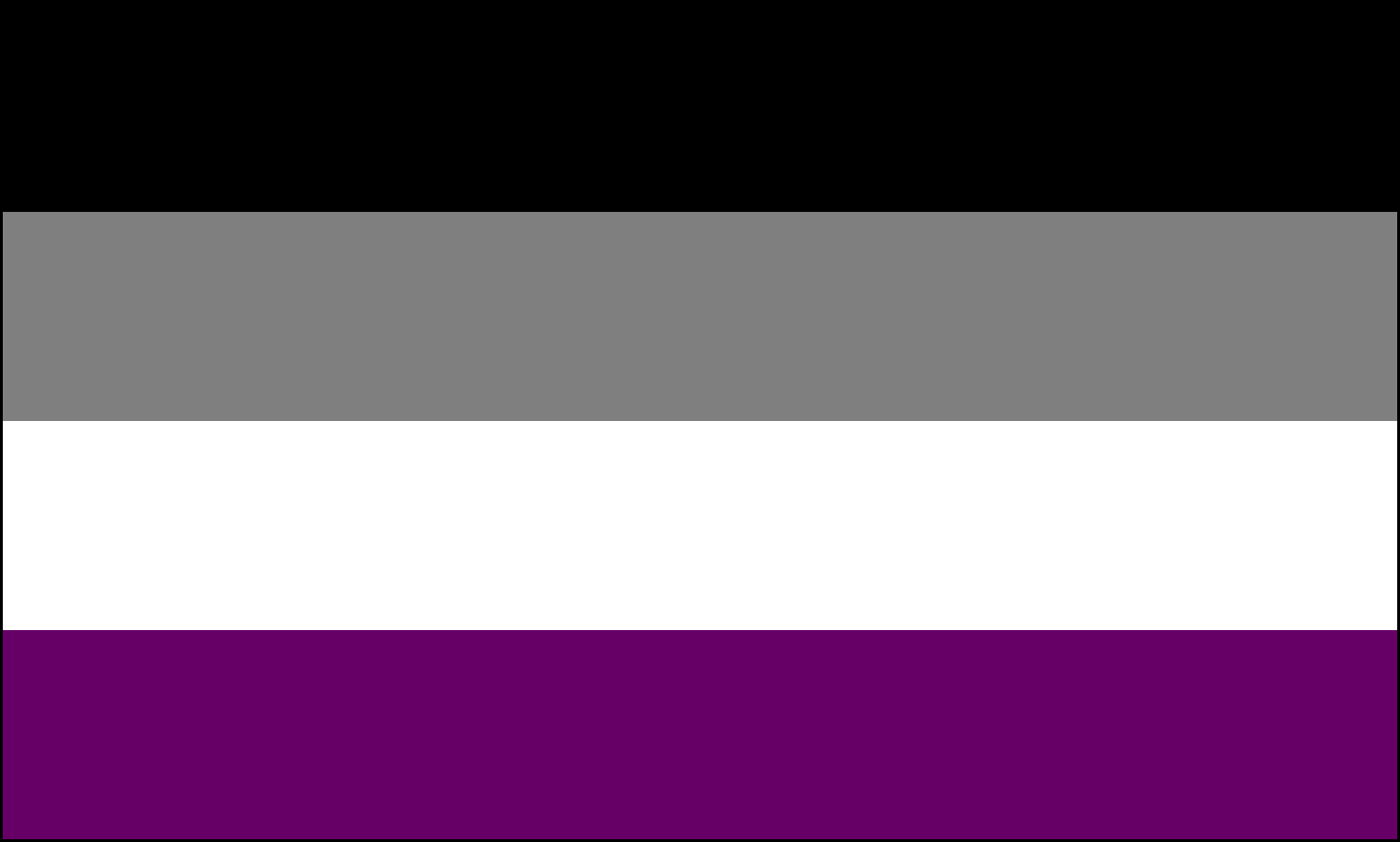Sarah Ledden | Senior Staff Writer
If asked about sexual orientation, most people would consider only the trilogy of heterosexuality, homosexuality and bisexuality. Very few people would name or recognise anything outside of this. However, a small 1% of the population identify as asexual, meaning they feel no sexual attraction to either gender. Many people are unaware of the existence of asexuality and those who are usually know very little about it or fail to understand it. Many people often confuse celibacy with asexuality, but celibacy is a conscious decision not to engage in sexual activity. Asexuality is a sexual orientation that cannot be controlled.
For people unfamiliar with the concept, asexuality can be difficult to understand due to the importance of distinguishing the terminology regarding sexual behaviour. Sexual orientation can be explained as sexual arousal, sex drive and sexual attraction toward a person or gender. In asexuality, the distinction between these three terms is important in understanding a person.
Asexuals, or Aces, differ in their desire for romance and intimacy. Some Aces wish to connect with a romantic partner on an emotional and intellectual level and will often have sex with a partner, but are equally content not to or have no desire or drive to have sex with them. Many Aces are known to masturbate but do not specifically think of anyone or anything during masturbation. Aces can be further distinguished as aromantic or romantic asexuals. Aromantics have no longing for romantic relationships of any kind, whereas romantic asexuals do intend to commit to a relationship but will need no sexual desire to satisfy that relationship. Romantic asexuals can further be identified as heteromantic, homoromantic, biromantic or panromantic. Asexuals who enjoy masturbation may experience sexual arousal but may not have any sex drive or sexual attraction toward anyone. Conversely, a romantic asexual may feel attraction toward their partner but may not have any sex drive or feel any sexual arousal.
As aces are such a minority population they face many issues of acceptance or confusion in both their personal lives and professional opinions. Family and peers often misinterpret aces lack of sexual desire as a hormonal or developmental dysfunction and asexuals are often met with patronising comments such as “you’ll grow into it”, “you just haven’t found the right person” or “are you religious?”. Less favourable responses even lead to labels such as frigid, broken and repressed being used to describe asexuals. The media often suggests that asexuality is as a result of Hypoactive Sexual Desire Dysfunction (HSDD), a psychological disorder characterised as a lack of sexual drive. Before the release of DSM-V, the diagnostic manual for mental health professionals, in May 2013, an AVEN (Asexuality Visibility and Education Network) task force brought a seventy five page document before the American Psychological Association (APA) including academic research separating Asexuality from HSDD. DSM-V now recognises a diminished sexual drive as a dysfunction only if it causes psychological distress for a person. Asexuals are not distressed about their lack of sexual desire and see it as a part of their identity, but it wasn’t until last year that medical professionals stopped categorising asexuality as a psychological disorder.
One of the biggest challenges faced by asexuals is comprehension and acceptance from more than just the general population. Asexuals are often challenged by the LGBT community, and despite the visible and recognised awareness campaigns of the LGBT community, the sexual orientation which arguably faces the least inclusion is asexuality. Aces marched at the Dublin Pride Parade displaying a banner stating “Asexuals Exist”. While the LGBT community are tackling issues such as marriage and legal acceptance, the asexual community still struggles with the recognition of existence.
As a sexual orientation, asexuality is considered ‘queer’, but the larger LGBT community have not been so warm in accepting asexuals under its wing just yet, although progress is being made. The LGBT community would often argue that asexuals do not face the same level of discrimination and exclusion that homosexuals and transgender people do. However, asexuals would counterargue that the social implications of their ‘coming out’ is a similar experience with them spending time within themselves knowing they are different to others but struggling to find a way to express it and family and friends often distancing themselves after the truth is revealed. Often the biggest relief for Aces is finding an asexual community; finding others like them and finding information about asexuality leading to the realisation that, yes, they might be different, but they are not alone.
I think in Ireland we can be ignorant to anything that doesn’t immediately affect us, and easily turn a blind eye to as much as we can without much distress. Maybe it’s because of this that this 1% of the population are still in the shadows of societal knowledge; a mere whisper that few people seek out, in order to hear its message. In our hypersexualised society, there exists a population who have no interest or concern with sex and who are quite content to live their lives without it. The most precise conclusion that can be drawn on asexuality, as spoken by an asexual in a recent interview with The Irish Times, is quite simply “just because it’s not common, doesn’t mean it’s not normal”.







